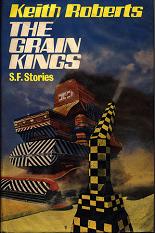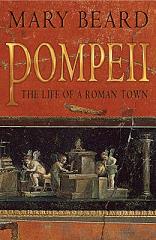
The Shock Doctrine
Naomi Klein
558 pages, including index
Published in 2007
Snow Crash was supposed to be a satire, but late in The Shock Doctrine Naomi Klein describes what’s going on in the United States right now that sounds quite a lot like the future Neal Stephenson portrayed in his novel. There’s a hollowed out federal government with all its core functions, especially warfare outsourced, while rich suburbs are seceding from their own cities to become commercialised, privatised towns with security by Blackwater mercenaries to leave the rest of America to rot away as surplus to requirements. The most shocking example that of New Orleans after Katrina, Disneyfied for the rich white tourists, its original, Black population dispersed all over the US, their neighbourhoods bulldozed to make way for more tourist attractions. All this, according to Klein, the logical end result of thirty years of disaster capitalism, pionered in the Latin American dictatorships of the seventies, matured in Eastern Europe in the late eighties/early nineties and reaching its zenith in Iraq in 2003 and New Orleans in 2005.
The Shock Doctrine is Naomi Klein’s second big book about capitalism and globalisation, after No Logo. Both are critical exposes, but The Shock Doctrine is much angrier than No Logo ever was, more brutal, more pessimistic as well. Gone is the fascination and excitement that globalisation still had in the earlier book, when like a lot of anti-globalisation activists Naomi Klein could still admire the energy of it, even if fully aware of the horrendous costs its transformation of the world brought with it. It was the same kind of horrified fascination Karl Marx and Friedrich Engels showed for an earlier phase of globalisation, in the Communist Manifesto. In The Shock Doctrine this fascination has disappeared, replaced by disillusionment and anger.



